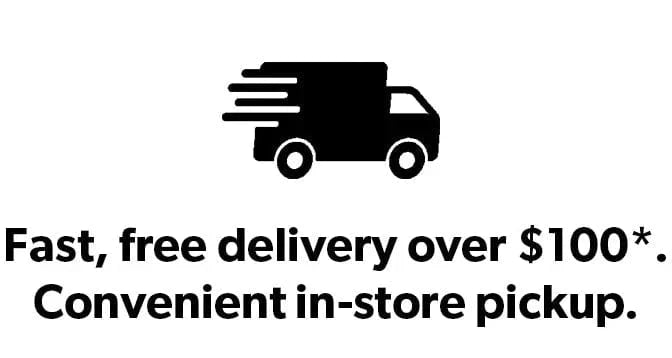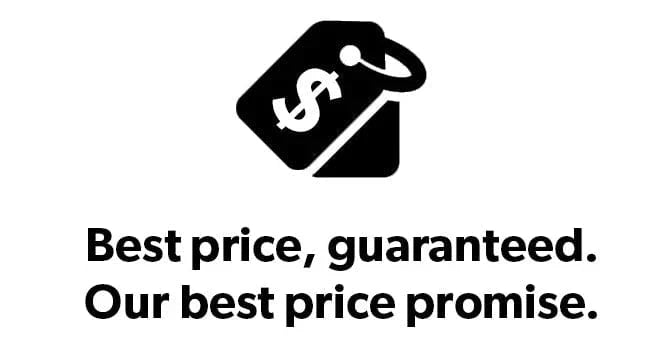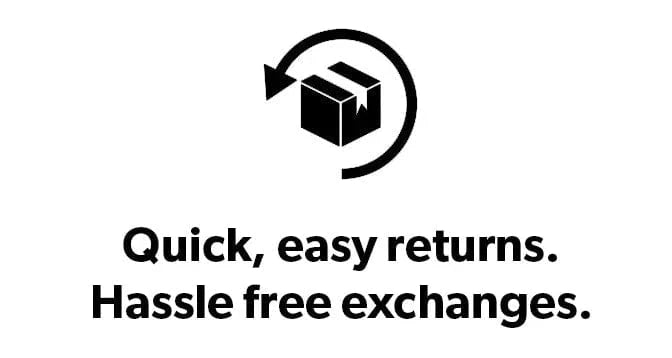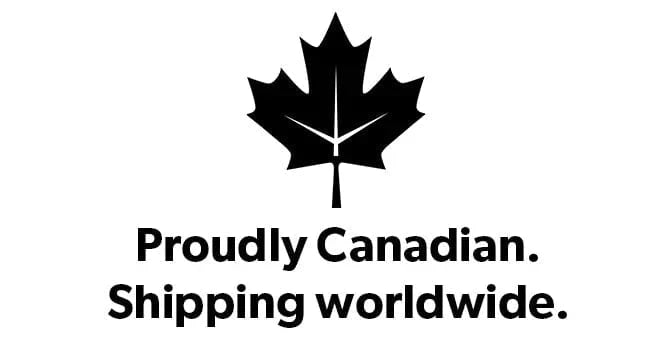
Over 30 years of pure hockey passion.
Fast shipping. Easy returns. Expert advice.
Hockey's best. Delivered to your door.
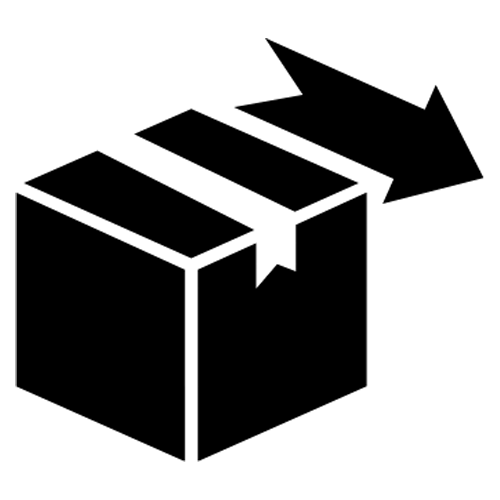
Fast Easy Returns
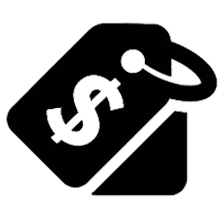
Best Price Promise
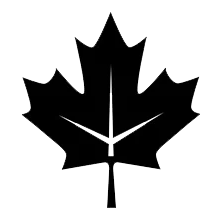
Ships Canada Only
For the recreational goalie that skates 1-2 times per week, Bauer has introduced the GSX line. The GSX line provides the protection needed and performs at a good level for less competitive levels of hockey.
The GSX Leg Pad line features STABILIFLEX Knee Blocks to limit over-rotation, CORTECH Skin Calf Plates, a 115° Soft Boot Flex, removable and adjustable knee wing, and the Tune Fit Strapping System all tied together in a Vapor-Inspired thin flex core profile for enhanced flexibility and feel.
For the recreational goalie that skates 1-2 times per week, Bauer has introduced the GSX line. The GSX line provides the protection needed and performs at a good level for less competitive levels of hockey.
The GSX Leg Pad line features STABILIFLEX Knee Blocks to limit over-rotation, CORTECH Skin Calf Plates, a 115° Soft Boot Flex, removable and adjustable knee wing, and the Tune Fit Strapping System all tied together in a Vapor-Inspired thin flex core profile for enhanced flexibility and feel.

Deciding your Goalie Pads size is crucial for having total control while moving in the crease. Sizing your pads properly is the difference between getting that perfect seal on your butterfly, and feeling clunky or unprotected in the net. Below we have compiled some information to better assist you in deciding which size is right for you.
Floor-To-Knee Measurement
Your Floor-To-Knee measurement will give you a good indication as to what "Pad Size" you will need. This measurement can be matched up with the provided sizing chart above.
How to Measure your Floor-To-Knee
What to look for when trying on your new pads.
Once you have your new leg pads, you’ll need to make sure they fit you properly. To do so, you’ll need to put the pads on with your skates. There a couple things to do to check size, once you have the pads on:
1. Stand straight and bring your feet together. This will show you the overall height of the pad, while on. Your pads should not be taller than your hips. Ideally you want the top of your pad at the half-way point of your thighs. A pad fitted for a young growing goaltender can be a little taller, so a little above the half-way point is normal.
2. Next you want to get in your stance, keep your hands in a ready position, and drop to your butterfly. Without moving your legs to correct your butterfly, bring your heels together. This is where you assess your knee position. For a proper fit, you want the middle of your knee to sit directly on the center of the knee stack. If you’re looking for growing room, you want the middle of your knee to land roughly 1.5” below the center of the knee stack (1” for JR).
Not getting a complete seal while in your butterfly?
If you're having trouble getting a full seal in your new pads, it may be the way you’re strapping them up. Make sure your boot strap and top straps (above knee) are loosened up a bit. The reason you want these straps loose is because they have a direct effect on the rotation of the pad. Having a loose boot strap makes it easy for your foot and ankle to rotate as the pad moves. Same goes for the top straps, as you don't want them pulling down too hard on the thigh rise.

Over 30 years of pure hockey passion.
Fast shipping. Easy returns. Expert advice.
Hockey's best. Delivered to your door.
